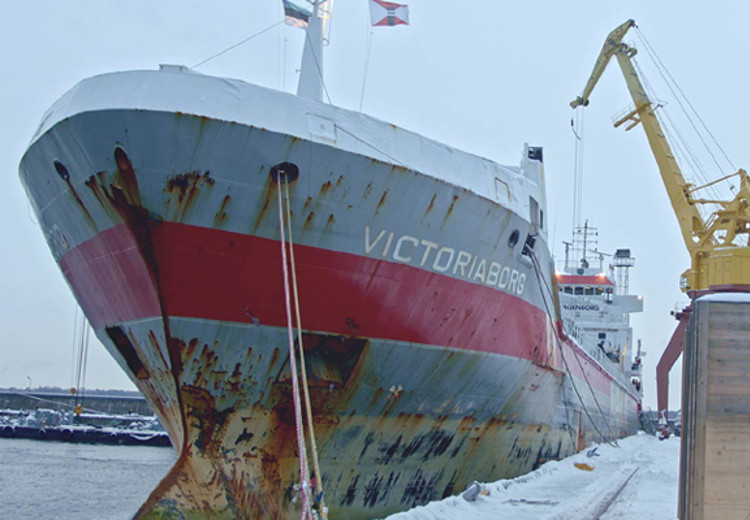Videos
Infineum innovation and technology
31 March 2025
08 March 2017
Group II marine field trial video

A recent Infineum field trial of a marine lubricant using Group II base stocks ran successfully for more than 20,000 hours - five times longer than a typical test. Watch the outcome on video and read the views of the ship operator and formulators on this exciting achievement.
Marine field trial video Infineum International Limited
Base stock capacity in Europe has typically been Group I. However, recently we’ve seen a move towards Group II as refining capacity in Europe has been closing down. This change is a really positive change for automotive applications. However, for marine, it’s not quite such a good change. Marine applications use heavy fuel oil, which is almost the bottom of the barrel when you come to the refining process and it’s full of contaminants and asphaltenes, which are high molecular weight materials which have a tendency to agglomerate – they like to spend time together.
As we move to Group II, the natural solvency of the lubricant system is reduced. Meaning that those aphaltenes are no longer suspended in the formulation and being able to be taken to the centrifuge to remove the, causing deposits in the areas of the piston undercrown and in the cold parts of the engine causing black film or sludge, which can cause harm to the engine.
Infineum has been working as a collaborative team to identify booster solutions to address this problem and allow the use of Group II base stocks for TPEO applications. In 2011, we were in a position where we had evidence in the bench and engine tests that this product worked and in 2011 we took it to trial. We worked collaboratively with a company called Wagenborg and we successfully ran a 4,000 hour field trial, which was then extended to a period of five years, which was five times longer than it should have been.
This is the first successful Group II trunk piston engine oil field trial that has been run. Group II field trials have been run in the past, but these have failed due to excessive deposit build up. The typical field trial length is 4,000 hours. This field trial has run for more than 20,000 hours and has exceeded our expectations. It has run completely without issue and has had incredible performance.
We are operating in a very tough market at the moment, so the price comparing to the quality is very important, but also the availability of it. We would like to have good working engines, with less maintenance. What we noticed during the inspection in Norway after a year of testing; we pulled two pistons and the first thing the engine is said – “what a clean engine, we never have seen that before.” The oil was basically the same colour as when we put it in. Clean engine, clean oil, etc.
Those figures were that good, that we thought it is safe to postpone it and we reviewed that yearly. Then after four years we noticed that we could also postpone it until the dry docking now – so that is after five years. And the engine was fit for it. The figures were ok, the pressures were ok, the temperatures were ok, there was no reason to open up the engine. It was on my advice to postpone it until the dry docking and we arrived safely, so it was a good choice.
And when we opened up the crankcase doors, the first time, we noticed that the engine was very clean. We were amazed. We have three vessels, which we are calling the three plus types, they were dry docked at the same yard five years ago in Antwerp. Now we have dry docked them again at the same yard. If I compare the overhaul of the Vancouverborg and the Virginiaborg to this one, what we noticed is this engine is much, much, more cleaner than the other two. During the visual inspection of the liners was that the honing pattern was clearly visible after so many running hours that is amazing. But if I compared that to the other two vessels, these liners visually seem in a better condition and I expect the measurements should be within the tolerances. The oil remains clean and that was not only noticed by us, but it was also notified by engineers which were attending the vessel, so from that part I’m confident with Infineum, yeah.
Sign up to receive monthly updates via email